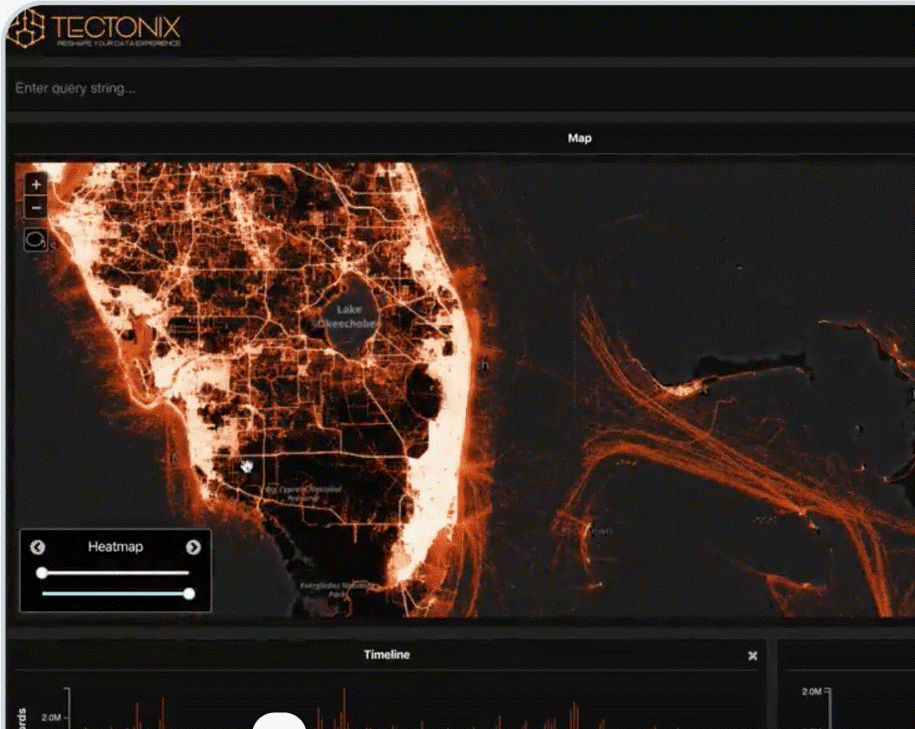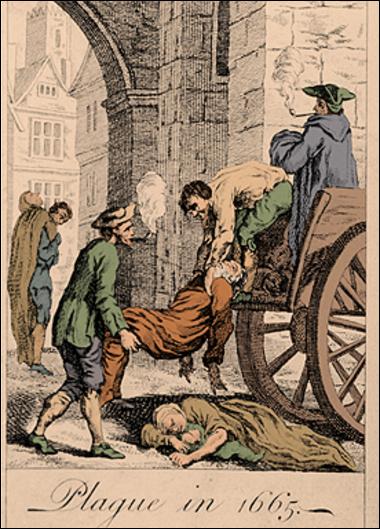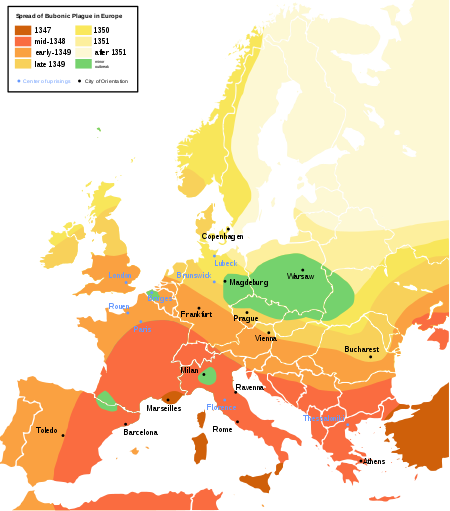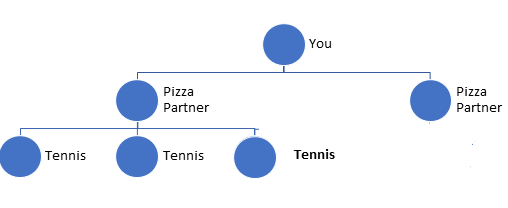LESSON 4
Catch a Ride! Catch a Bug! A look at pathogens and how they move around the planet.
|
This lesson was written by Juliana Texley, a former science teacher who became a principal, a superintendent of schools, and a much-admired president of the National Science Teachers Association (NSTA). Texley, who has made several trips to China to consult on science education, ranks high among our science educators with deep insights into the field.
Ever since there have been living things, there have been pathogens–living things that live off of others, stealing their energy and making them “sick.” They can be cells or bits of cell material, or even entire organisms like worms or fungi. What do pathogens have in common? Pathogens get some of their energy from other living things. With less energy to live, the hosts get sick. (They may actually die, but then the pathogen dies too!) Every organism has defenses against pathogens. They can keep them out with skin and mucus, or design molecules that can kill them or at least slow them down. A special defense that many organisms have is the production of antibodies. Each pathogen has unique proteins on its outer coat or membrane. When it enters a host, the host’s immune system says: “Invader! This isn’t me.” It begins to manufacture special proteins called antibodies that attack the pathogen’s coat and disable it. But that takes time. Antibodies are especially important as defenses against viruses. They attack the protein coat of a virus and make it fall apart. Then the virus cannot send its genetic message into the cell. And most of the time, once a host (patient) body learns how to make an antibody to a certain virus, it remembers it forever. Traveling Trauma If you’ve lived in the same place for a long time, you probably know all of your neighbors. If you move around a lot, it takes time to get to know new ones. It’s the same with disease pathogens. Your system probably knows most of the ones you’ve grown up with. When people move from place to place they encounter new ones. They have no defenses (like antibodies). So diseases are far more severe at times when many people move. Brainstorm. Combine your understanding of geography and Medieval history. Look hard at the map on the right. Black (Bubonic) plague arrived in Europe in October 1347, when 12 ships from the Black Sea docked at the Sicilian port of Messina. It was a new kind of pathogen to almost all of the people in Europe. Use a pen or marker. Find Sicily on the map. Trace the path of the pathogen across Europe.
Think: How does trade help spread a disease? Lord of the Ocean Seas Columbus sailed the “Ocean Blue.” His crew and those that followed brought their horses and pigs (their favorite food, like picnic lunches) with them as they explored the New World. Europeans had centuries of exposure to many different diseases. But the native peoples of this “New World.” In a few years, about 90 percent of the indigenous people had died of new diseases. Why were they more susceptible? Over There For almost all of human history, travelling a long way was a big deal. Tribes and groups migrated slowly over years. But for the first time, in 1917, the war in Europe became a world crisis. Huge numbers of American soldiers crossed the Atlantic to fight World War II. When they returned, at least one pathogen (a virulent influenza) came with them. The world called it “Spanish Flu” because Spanish newspapers reported it more often. But it probably started either in Europe or the United States, moving back and forth on the troop carriers. (There is a simulation of how this pathogen moved at this website.) How was the movement of “Spanish Flu” like the movement of Bubonic Plague? Credit: Tectonix Geo
|
*This lesson is intended for your use at home. It is copyrighted by Juliana Texley and is not for commercial use or redistribution. Bacteria are small, one-celled organisms. They can live in or on another living thing or make their own food like a plant. A fungus is an organism with plant-like cells. They use hair-like extensions to suck food from other organisms. Some worms and one-celled protists can be pathogens, living in or on others and steal their energy. A virus may or may not be a living thing—it depends on your definition. It is a bit of DNA or RNA with a special protein coat. Its DNA or RNA enters the cell and causes it to make more viruses. * Party On
No one knows how long a virus called SARS-CoV-2 lived in wild animals like the pangolins of China. But at some point it changed (mutated). Suddenly it could affect humans. It caused a severe acute respiratory syndrome. Because no human system recognized the protein “face” of the virus, it would take very long—too long—until an antibody could be made. Another nasty trait of SARS-CoV-2 is that it multiplies and spreads in body fluids before the victim knows it’s there, so infections can spread rapidly. In March of 2020 many people understood the possibility that COVID 19 might be spreading beyond control in the United States. But the messages were not clear. Many young adults had plans for spring break in Florida, and thought that there were only a few cases of COVID-19 in the country. A data analysis firm (Tectonix Geo) traced the cell phones of people on one Fort Lauderdale beach after spring break and matched them to places where COVID-19 showed up. How was this path like the spread of previous plagues? |
It’s Catchy
To understand how a small outbreak can become a worldwide epidemic try a simulation. You’ll need just one die with six numbered sides. Imagine you feel perfectly good today, but will get COVID-19 tomorrow and your body fluids have viruses in them.
Roll the Dice:
1. You stay home and read a good book (no contacts)
2. You meet a friend for a soda. (1 contact)
3. You join two friends to make and share a pizza. (2 contacts)
4. You “double date” with another couple and play tennis. (3 contacts)
5. You join 4 friends to work out at a gym. (4 contacts)
6. You fill your minivan and go to the beach (5 contacts)
Do a diagram showing your result. Then for each of the contacts (the second row of your diagram, toss the die again. Use the same guide for number of contacts. Repeat the process 5 times. How many people have been exposed to the virus?
To understand how a small outbreak can become a worldwide epidemic try a simulation. You’ll need just one die with six numbered sides. Imagine you feel perfectly good today, but will get COVID-19 tomorrow and your body fluids have viruses in them.
Roll the Dice:
1. You stay home and read a good book (no contacts)
2. You meet a friend for a soda. (1 contact)
3. You join two friends to make and share a pizza. (2 contacts)
4. You “double date” with another couple and play tennis. (3 contacts)
5. You join 4 friends to work out at a gym. (4 contacts)
6. You fill your minivan and go to the beach (5 contacts)
Do a diagram showing your result. Then for each of the contacts (the second row of your diagram, toss the die again. Use the same guide for number of contacts. Repeat the process 5 times. How many people have been exposed to the virus?
Today’s medical researchers can develop vaccines for almost all protein pathogens. But that takes time! Write a short blog or letter to an editor of a local paper explaining why sometimes we must stay home and avoid traveling in the first months after a new disease breaks out.




